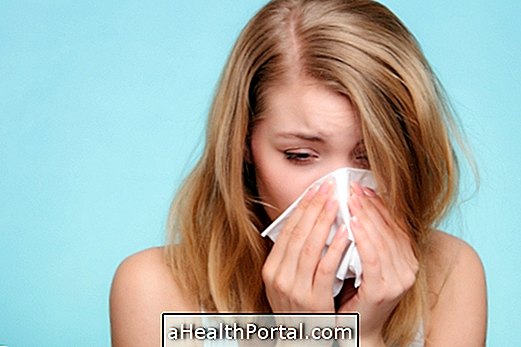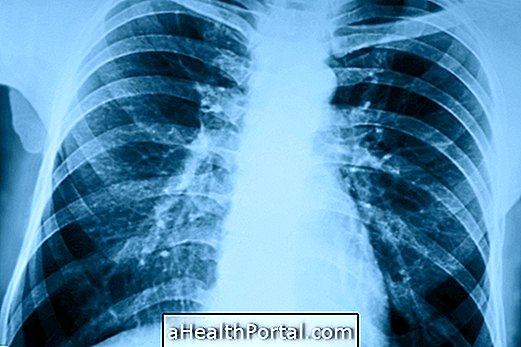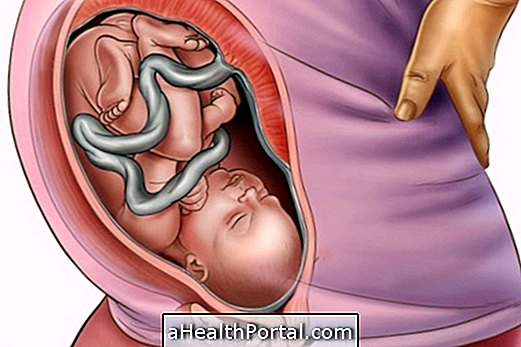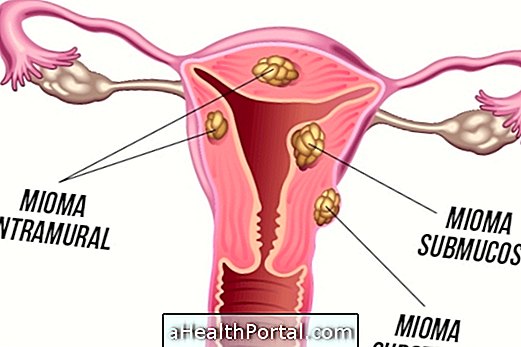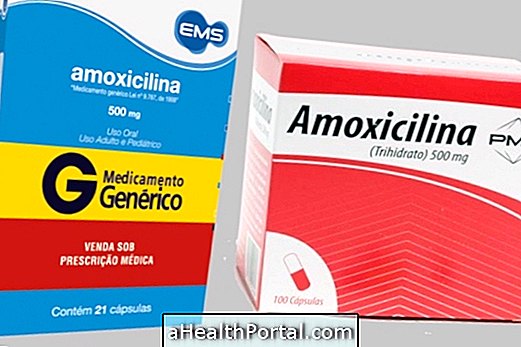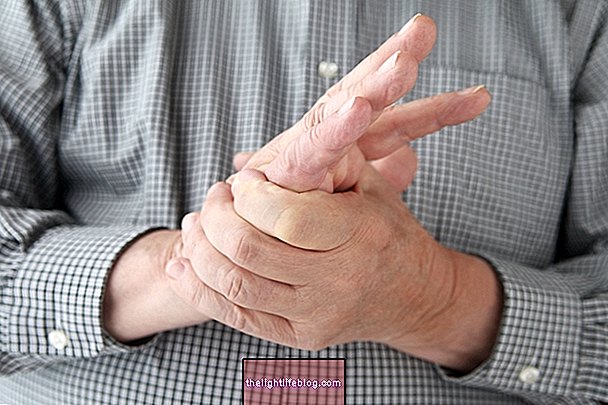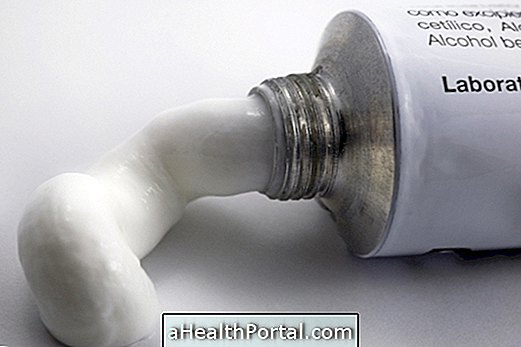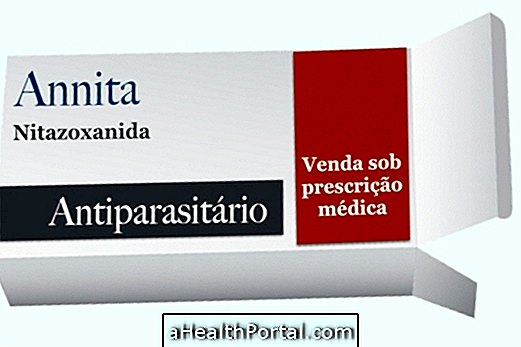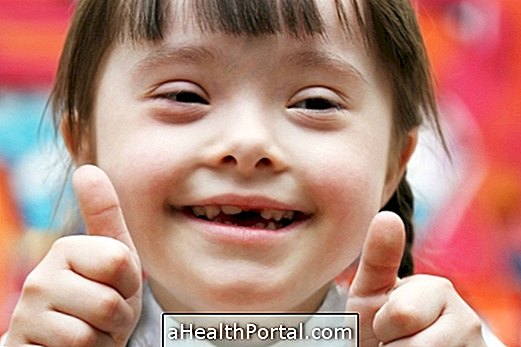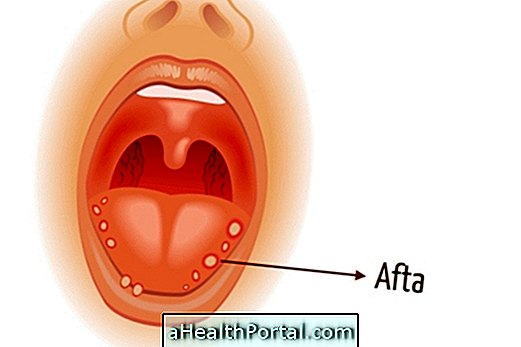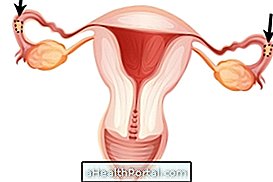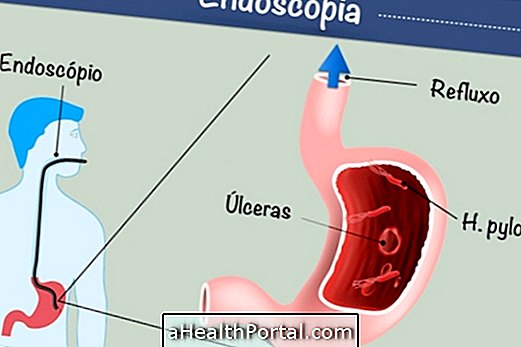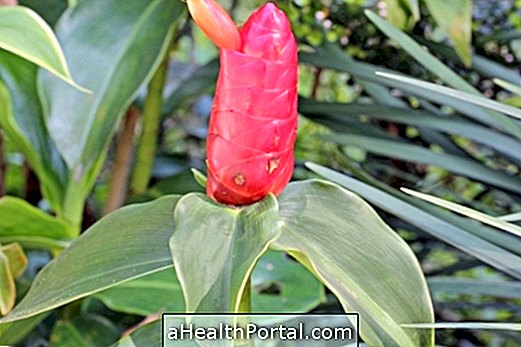The treatment of asthma should be guided by a pulmonologist, as it is important to adapt the type of treatment and remedies used to the symptoms and type of asthma of each patient.
Usually asthma treatment always includes the use of medications to control asthma over time and other remedies to quickly relieve asthma attacks with symptoms such as shortness of breath or dry cough, for example.
See a more complete list of remedies used in asthma in: Asthma Remedies.
Remedies to treat asthma over time
Remedies to treat asthma over time help control chronic inflammation of the respiratory tract, preventing the onset of asthma symptoms. The most commonly used drugs include:
- Corticosteroids such as Flunisolide or Budesonide: are inhaled through "asthma bombs" every day to decrease the sensitivity of the lungs to allergens that cause asthma symptoms such as dust, pollen, or fur;
- Long-acting bronchodilators, such as Salmeterol or Formoterol: can be used at the same time as corticosteroids to facilitate the opening of the airways and improve breathing;
- Theophylline : is a tablet that must be ingested every day to relax the muscles of the lungs and facilitate the entry of air into the airways.
These types of remedies should be taken daily to control asthma, so when treatment is discontinued or abandoned, asthma symptoms tend to recur or worsen.
Remedies to relieve asthma attacks
Remedies to relieve asthma attacks, such as Salbutamol or Fenoterol, should only be used when asthma symptoms such as shortness of breath and wheezing appear.
Usually, remedies to relieve asthma attacks are short acting bronchodilators that immediately open the airways, allowing the patient to breathe more easily.
The remedies to relieve asthma attacks should always be transported with the patient, in the bag or in the pocket of the pants, for example, so that they can be used immediately in emergency situations.
How to prevent the onset of asthma symptoms
In addition to medications prescribed by your doctor, it is important to have other care that helps prevent the development of asthma symptoms, such as:
- Avoid having animals that have fur inside the house;
- Keep the house clean and free of dirt or dust;
- Avoid unnecessary objects inside the house, to avoid dust accumulation;
- Practice physical exercise at least 3 times per week. See the best physical activity in: The best physical exercises for asthma.
- Take the flu vaccine before each winter;
- Bet on long-term anti-inflammatory and antioxidant foods to relieve asthma attacks. Learn more at:

In case of children with asthma it is also recommended to take special care with the preparation of the room and with the used toys. Read more in: How to take care of the baby with asthma.
Signs of asthma amelioration
Signs of amelioration of asthma appear a few weeks after initiation of treatment and include, mainly, the reduction in the frequency of asthma attacks. In addition, it is also possible to evaluate the effectiveness of the treatment through the use of a small device, called Peak Flow, which checks the value of the respiratory flow, and when it increases is because the treatment is taking effect.
Signs of worsening asthma
Signs of worsening asthma arise when treatment is not being done adequately or if it is exposed to allergens, such as dust or animal hair, and include symptoms characteristic of the asthma crisis such as difficulty breathing, wheezing, dry coughing.
Learn more about avoiding asthma attacks in:
- Home Remedy for Asthmatic Bronchitis
- Tricks to deal with asthma



